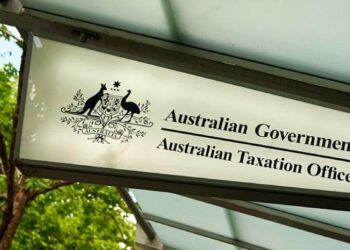In recent years, related-party transactions have been high on the ATO’s compliance agenda for the SMSF sector.
FY2016-17 will be no different, ATO assistant commissioner Kasey Macfarlane told SMSF Adviser, who noted that related-party transactions can be a sign of more “complex arrangements” designed to transfer wealth into an SMSF outside of the contribution caps.
Similarly, related-party transactions can also be an indicator of arrangements to transfer income that would ordinarily be taxed at higher rates into the concessional tax environment of an SMSF.
Ms Macfarlane made note of one particular arrangement, which involves an SMSF member who is approaching retirement providing personal services to another entity, and rather than having their fees paid directly to them, they are paid to another entity such as a company or trust that is related to the member’s SMSF, and then that income is distributed from the company or the trust to the SMSF, and paid out to the member as a tax-free pension.
If the money had been paid straight to the member, it would’ve been taxed at their marginal rate.
“That is an example of one particular arrangement, and we will shortly be issuing some further information on that,” she said.
The ATO will also continue its focus on limited recourse borrowing arrangements (LRBAs), as they persist as an area that trustees can “find themselves in trouble,” particularly where property spruikers are involved.
“Also once again, LRBAs can sometimes be used as a mechanism between related parties to transfer large amounts of wealth into an SMSF beyond the usual restrictions that apply, [such as] the contributions caps,” she said.
The ATO will also be focusing on “extraordinary or out of pattern” growth in the value of an SMSF, which can be an indicator or transactions or complex arrangements that have been designed to transfer large amounts of wealth to a fund beyond restrictions such as the contribution caps.
“Also, it could be an indicator of a tax-planning arrangement designed to transfer income that would ordinarily be taxed at higher rates into the concessionary tax environment,” she said.
As per FY2014-15, the ATO will continue its focus on the correct tax treatment of payments from funds in pension phase.
“It’s just an area where we find that mistakes can actually happen in terms of, for example, meeting the minimum pension payment requirement, and that can impact on the SMSF’s ability to claim the tax exemption in relation to pension income,” she said.
In the lead up to 30 June, Ms Macfarlane also stressed the importance of ensuring trustees are compliant with the new collectables rules, which require funds to abide by a series of new investment standards.
The ATO has stressed in the past there will no lenience for SMSF trustees who are not compliant with the new collectables rules in the new financial year, given the five-year transitional window they were afforded.
Read more:
Big four firm throws support behind super cap changes
Govt pushed to expand super objectives
SMSFA calls for stand-alone legislation for super objectives


